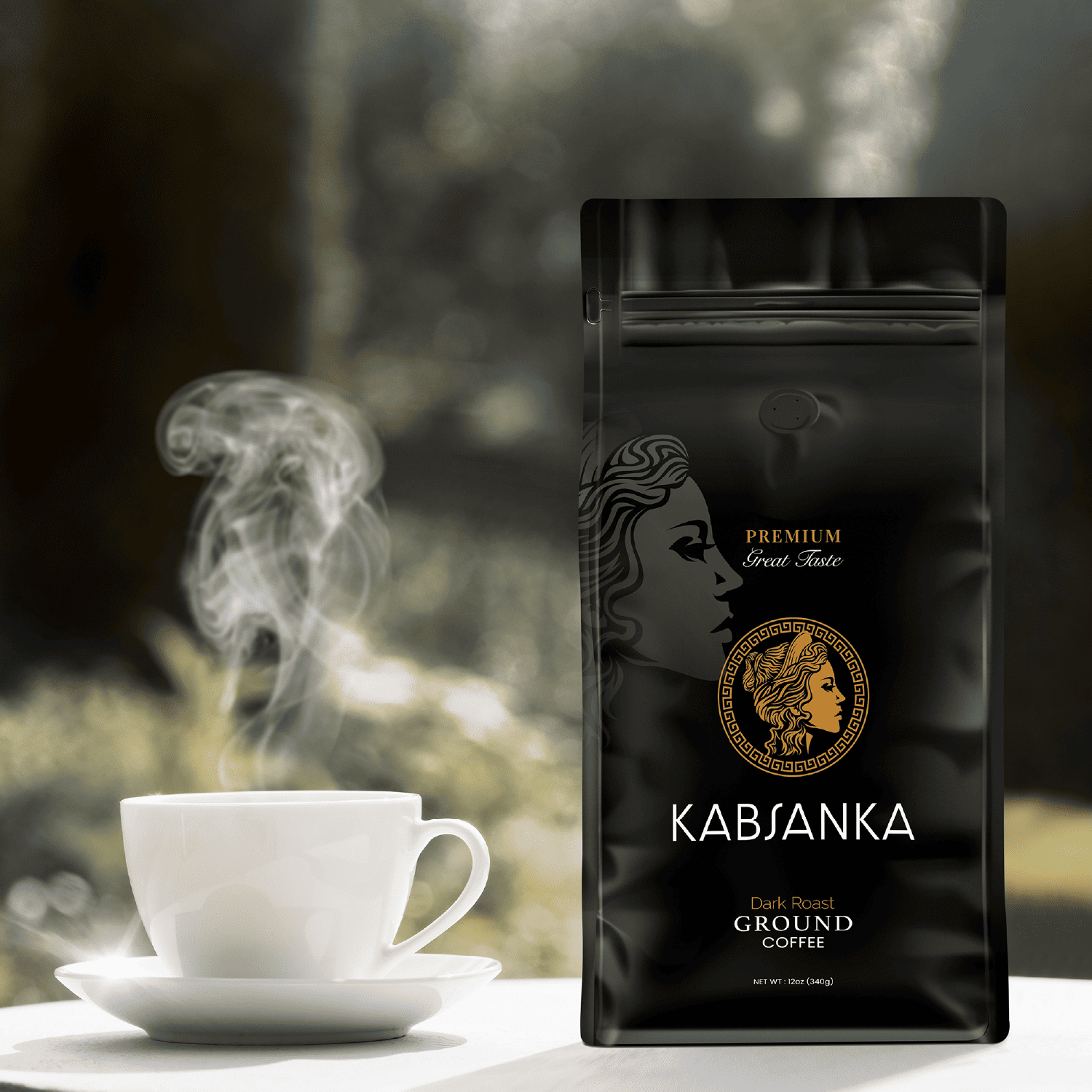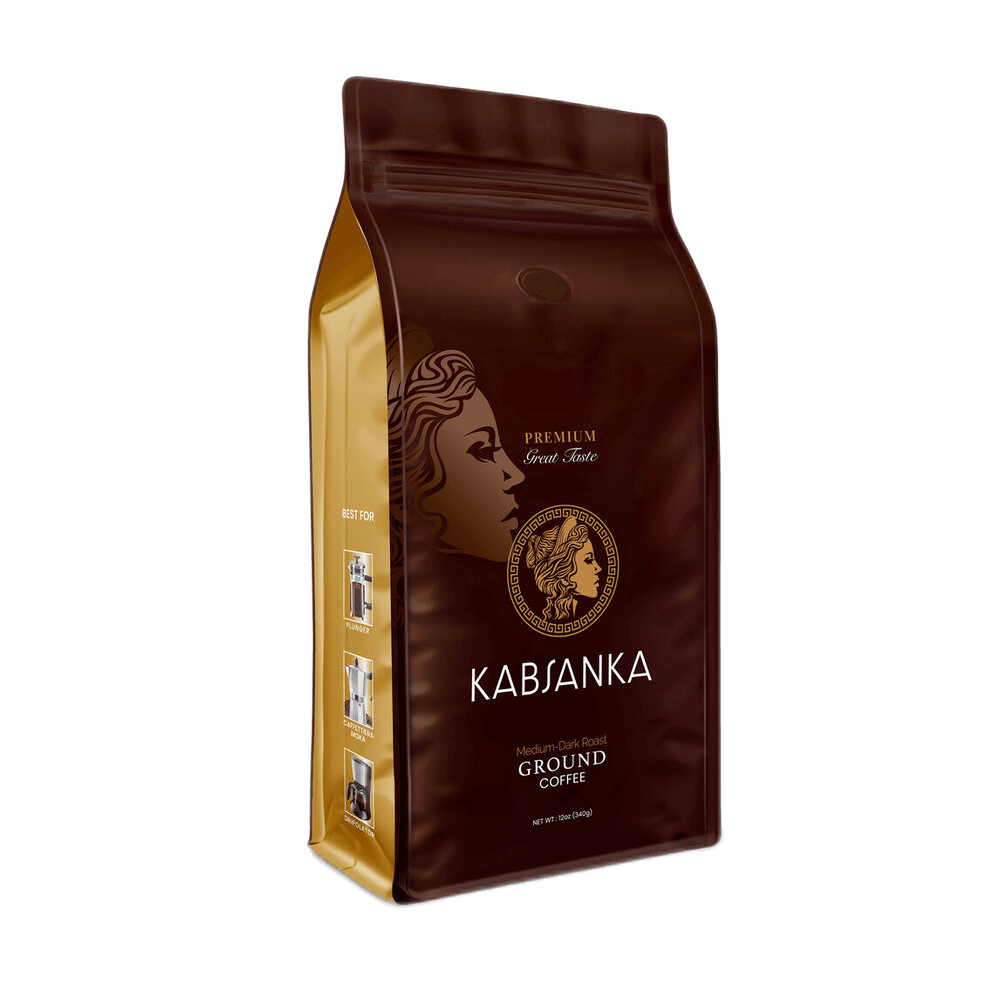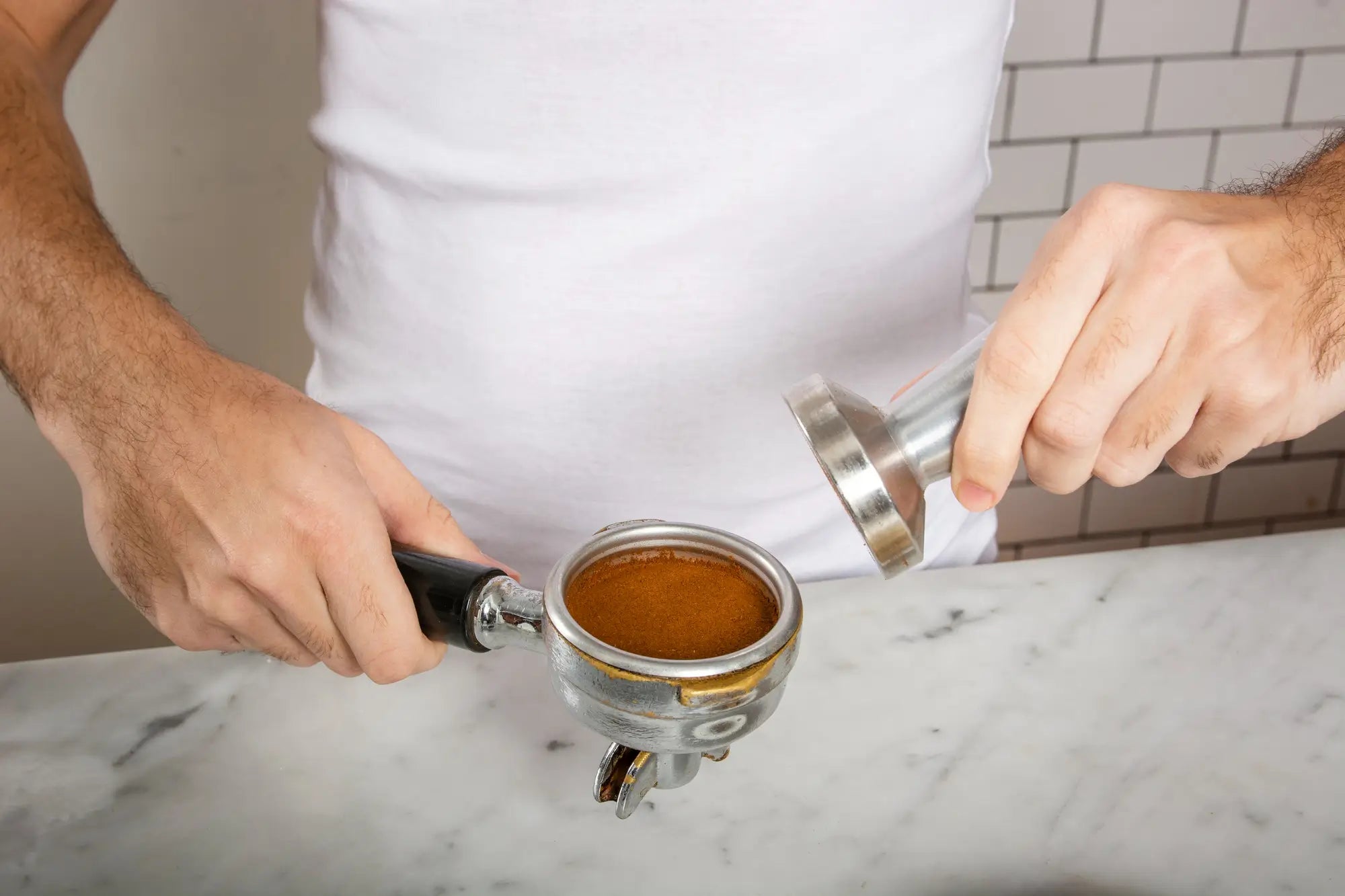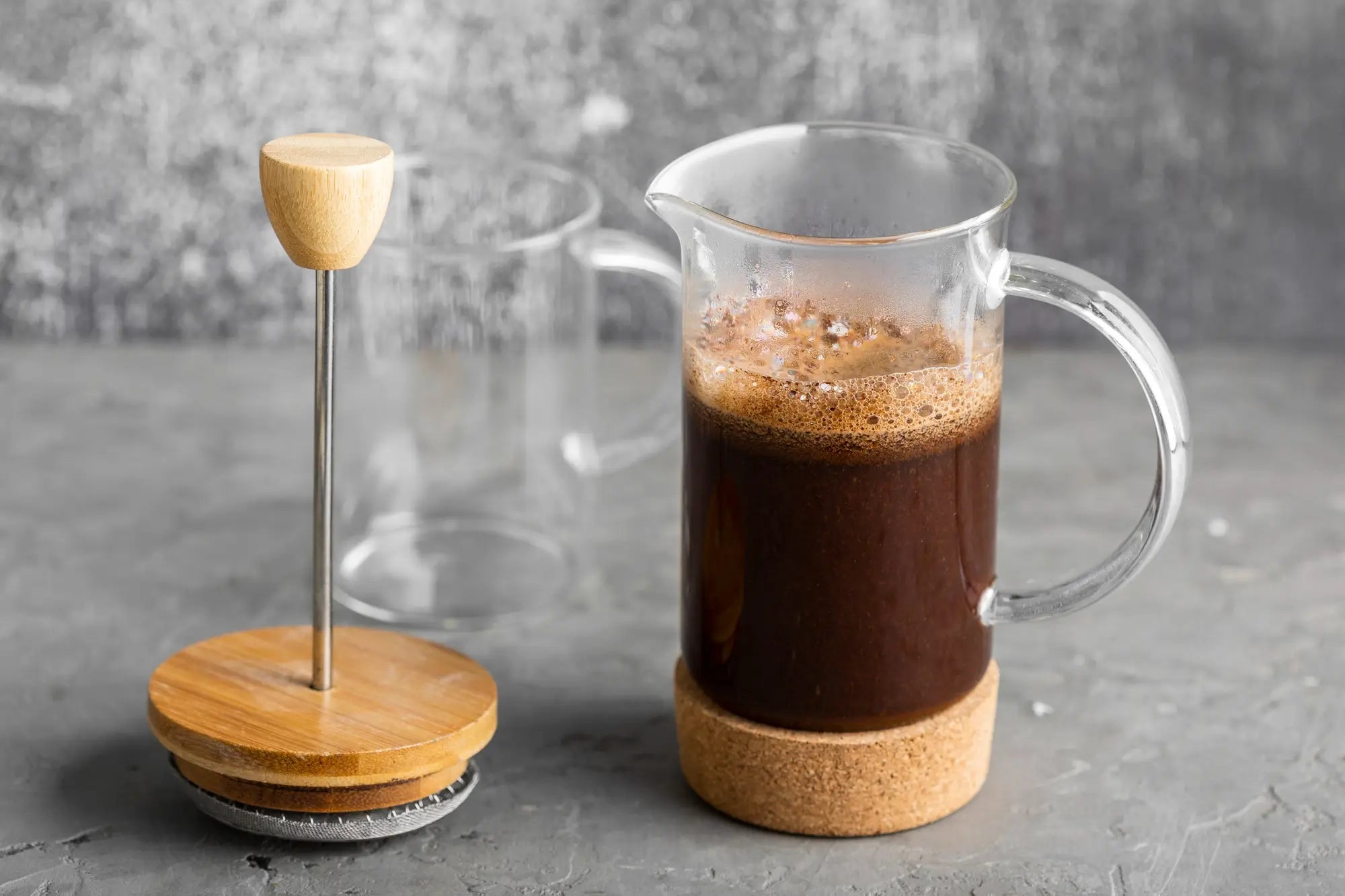Coffee lovers often struggle with the acidity that comes with their favorite brew. For those with sensitive stomachs or acid reflux, finding the perfect coffee with low acidity can be a game changer. But what exactly is low-acid coffee? This article breaks down what low-acid coffee is, how it’s made, and how to choose the best one.
What Is Low Acid Coffee?
Low-acid coffee minimizes the sharp, tangy flavors of regular coffee. While most coffee is somewhat acidic, certain beans and processing methods create a smoother brew. Coffee acidity relates more to flavor—often described as bright or zesty—than pH level. Low-acid varieties provide a milder, more balanced experience, ideal for those who find regular coffee too harsh.
Acidity is influenced by factors like the type of coffee bean, the region where it’s grown, and the method used to process it.
How Is Low Acid Coffee Made?
Low-acid coffee can be made in several ways:
- Bean Selection: Coffee beans grown at lower altitudes tend to have less acidity, while high-altitude beans are more acidic due to their slower growth.
- Roasting Process: Darker roasts have lower acidity as longer roasting times break down acids in the beans, making them ideal for those seeking low-acid coffee
- Processing Methods: Wet or washed processing, which ferments and washes the beans, yields less acidic coffee and produces a smoother flavor than other methods.
What to Look For in Low Acid Coffees

When searching for the best tasting low acid coffee, keep these important factors in mind:
- Altitude: Coffee grown at lower altitudes has less acidity, while high-altitude beans develop brighter, more acidic flavors due to slower growth.
- Flavor Profiles: Low-acid coffees typically have smoother, less tangy flavors, making them ideal for those seeking milder flavor profiles.
- Roast Level: Darker roasts have lower acidity, since roasting breaks down acids in the beans. Medium to dark roasts are best for reducing acidity.
- Coffee Notes: Coffee notes describe flavor elements. Low-acid coffees often feature softer, mellower notes that are gentler on the stomach.
What's the Best Coffee with Low Acidity?
When it comes to low-acid coffee brands, Kabsanka offers some of the best options available, such as:
- Kabsanka Low Acid Dark Roast Ground Coffee: This dark roast is perfect for bold flavor lovers who prefer low acidity. The beans are chosen and roasted for a smooth, full-bodied taste that's easy on the stomach.
- Kabsanka Low Acid Medium Roast Ground Coffee: IIf you prefer a lighter option, this medium roast offers a rich flavor with a smooth finish, making it perfect for everyday enjoyment.
How to Brew Low Acid Coffee

Brewing low-acid coffee requires a few simple adjustments to preserve the smooth, mellow flavors:
- Cold brew method: Cold brewing naturally reduces acidity by using cold water, which extracts less acid from the beans, resulting in a sweeter, less acidic coffee.
- Lower brewing temperature: Using slightly cooler water (around 195°F instead of boiling) can reduce the acid extraction from the coffee beans.
- Filtered water: Using high-quality filtered water ensures a cleaner taste, letting the coffee's natural flavors shine without interference from tap water minerals.
Best Coffee With Low Acidity: FAQs
What Is Coffee Acidity?
Coffee acidity refers to the lively, bright, and tangy flavors in coffee, often found in beans grown at higher altitudes or processed using specific methods. It’s not related to pH but to the flavor profile.
Is Low-Acid Coffee Less Tasteful?
No, low-acid coffee can still be rich and flavorful. While acidity adds brightness, many low-acid options are roasted and processed to maintain a full taste without the sharpness.
What Makes a Good Low Acid Coffee?
A good low-acid coffee balances quality beans, the right roasting, and careful brewing. Opt for non-GMO, kosher-certified brands and choose dark roasts for boldness or medium roasts for a lighter flavor.





